
Delivering liquid hydrogen efficiently and safely has become increasingly urgent. Our new LH2 trailer Europe makes it possible to transport up to 3.9 tons liquid hydrogen which makes it the largest LH2 trailer for the European market.
Explore the exciting world of our engineers and plant specialists.
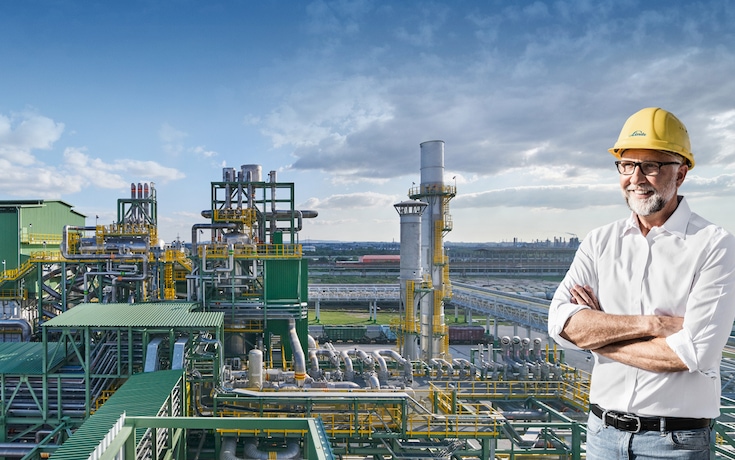

Delivering liquid hydrogen efficiently and safely has become increasingly urgent. Our new LH2 trailer Europe makes it possible to transport up to 3.9 tons liquid hydrogen which makes it the largest LH2 trailer for the European market.
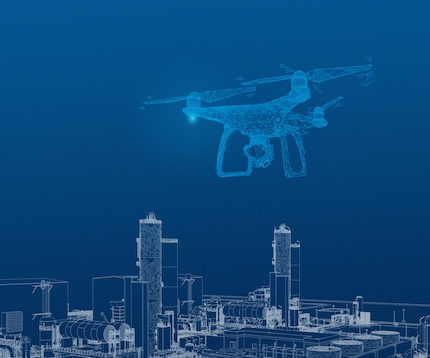
Operator Training Simulator (OTS) contributes to smooth start-ups

At LINDE PLANTSERV®, our aim is to maximize the stability and continuity of your operations.
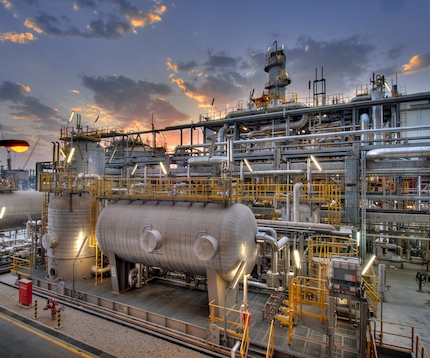
The steel frame goes up; pipes and cables go down; and assembly teams spring into action. Industrial plants are real masterpieces of precision engineering.
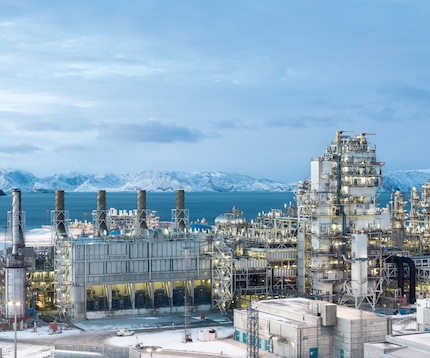
Process plants are highly complex feats of engineering. But for our experts, the successful design and construction of a plant extends far beyond the process technology.
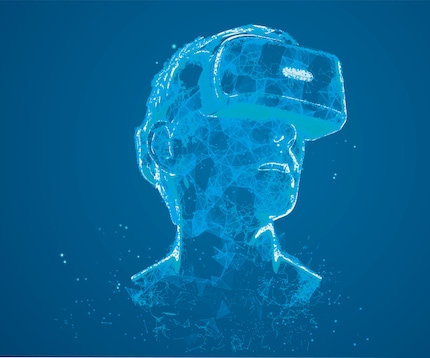
The Linde Virtual Academy from LINDE PLANTSERV® offers plant operators an ideal training tool.
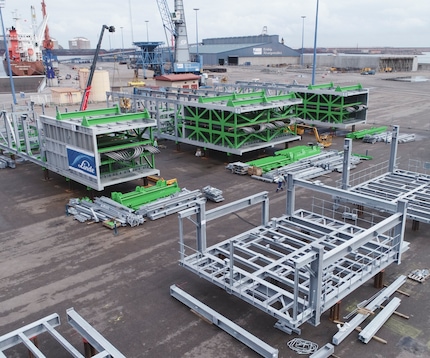
Engineers at Selas-Linde have come up with a solution that allows them to deliver ethylene cracking furnaces to customers where on-site assembly would be too difficult or expensive.

The ability to harness wind and solar power is driving the transition to a more sustainable energy economy.
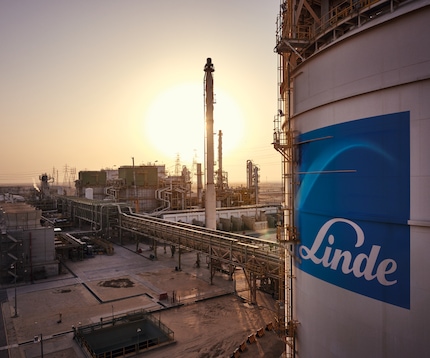
The Linde Ammonia Concept (LAC™) offers customers flexibility over their feedstock envelope and their choice of co-products. Modular design makes it attractive for smaller ammonia plants.
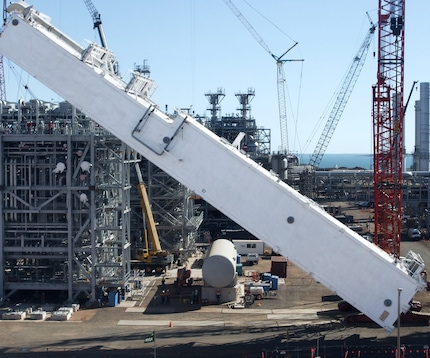
Teamwork is at the heart of every plant engineering project we embark on – whether we’re designing cryogenic research systems, innovating processes flows with startups or future-proofing plant technologies.
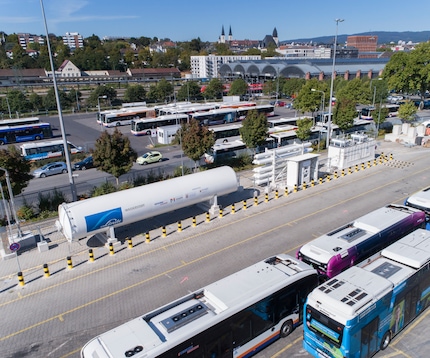
Hydrogen is gaining traction as a source of fuel for local transit networks across the globe. Linde Hydrogen FuelTech is paving the way with pioneering fueling station concepts.
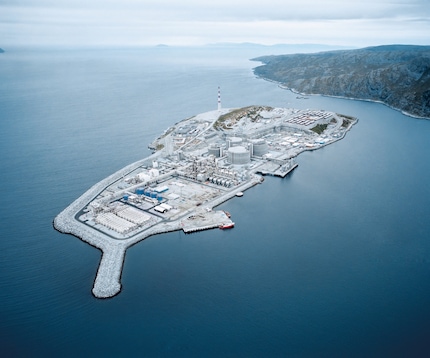
Linde Engineering is one of the world’s leading specialists for the delivery of turnkey plants.

Stricter environmental regulations, a growing share of renewables, additional cost pressures, new process technologies: industrial companies are facing a growing list of challenges.
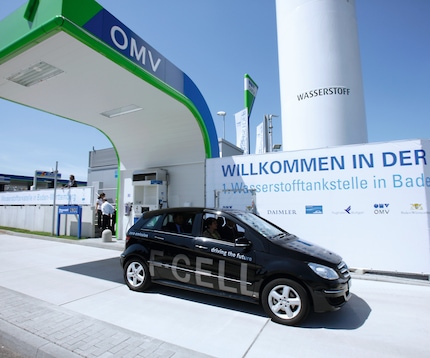
Hydrogen is a key resource for lower-carbon mobility choices. It has an even higher energy density in liquid form. Linde’s technology innovation lies at the heart of liquid hydrogen fueling stations.
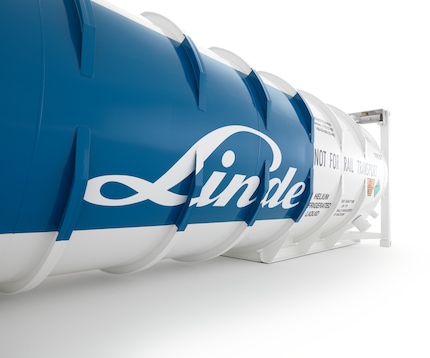
Transporting helium at temperatures close to absolute zero is challenging. HELICS tanks from Linde Engineering provide the optimum transport solution.

How real-world plants are learning from their digital twins.

Striking the right balance between profitability, energy efficiency and reuse carbon dioxide can be challenging. Linde has teamed up with BASF to resolve this dilemma in the steam reforming business.
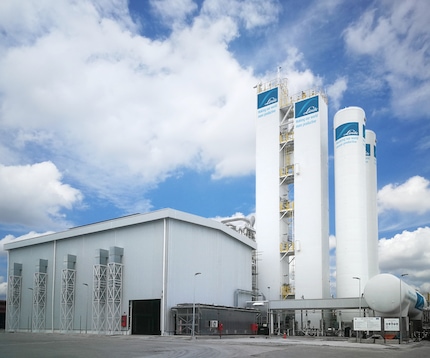
Learn how an industrial plant was relocated from China to Malaysia by the LINDE PLANTSERV® team.
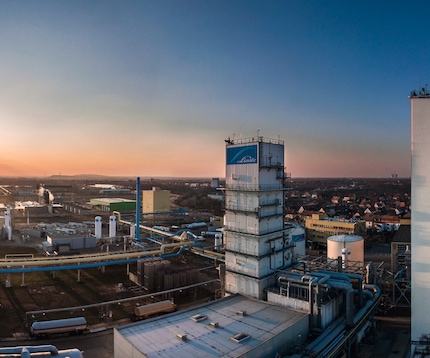
Hydrogen is growing in importance across an increasingly broad spectrum of applications and use cases. To meet this trend, Linde has doubled the H2 liquefaction capacity.
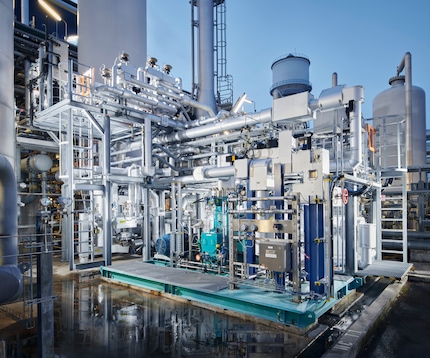
Transformational technologies to accelerate the transition to a low-carbon economy by pipelining hydrogen to the point of use.

Controlling molecular reactions or stopping reactions by creating an inert atmosphere - electronics gases play an essential role in many semiconductor fabrication processes.

LINDE PLANTSERV® is constantly optimizing the performance and efficiency of process plants.
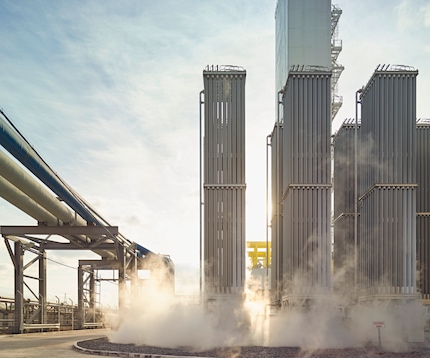
LINDE PLANTSERV® revamp challenge: Ensure a continuous supply of oxygen for the steel works from the Linde Gas site in Linz, Austria.

Revamp or rebuild?

Managing industrial plants is a complex task. Resident engineers from LINDE PLANTSERV® act as technical consultants, advising plant operators on the ground.

The use of electricity for heating - ideally from renewable sources - has the potential to massively reduce CO2 emissions. But can this concept be transferred to the petrochemical industry?
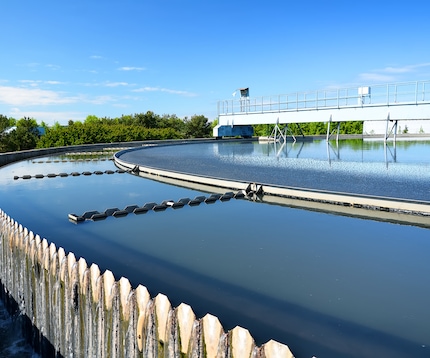
The cooling water required by many industrial processes often influences plant efficiency and sustainability. Linde uses digital systems to optimize water management.

The hydrogen economy is gaining momentum, and technologies from Linde are playing a key role in helping manufacturers to unlock the potential of this light gas.

Introducing the carbon management toolbox for petrochemical plants.

Linde has enhanced its air separation units to meet this adaptability challenge: FLEXASU® technology.
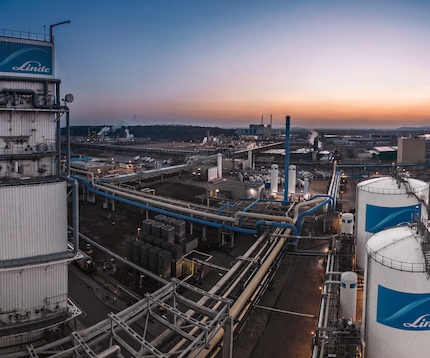
With a new online tool, the LINDE PLANTSERV® ASU Energy Benchmark, operators of air separation plants can now quickly explore optimization potential and optimize maintenance planning.